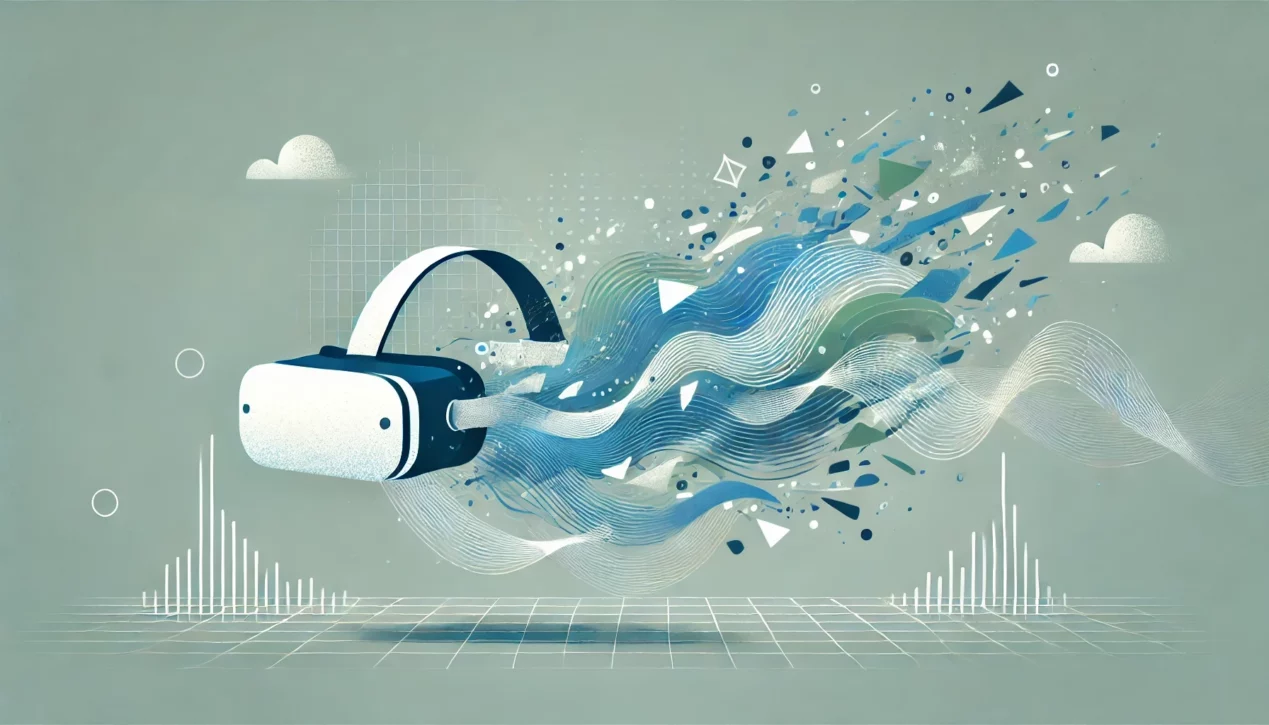In a study published in the journal Addictive Behaviors Reports, researchers from the University of Strasbourg have explored the potential of Virtual Reality Exposure Therapy (VRET) in treating cocaine use disorder (CUD). The study, led by Thomas Lehoux and his colleagues, investigates whether virtual reality (VR) can effectively induce cocaine cravings, opening new avenues for clinical applications in addiction therapy.
The Study’s Objectives
Cocaine craving, a core symptom of CUD, poses significant challenges in addiction treatment. Traditional methods of cue-exposure therapy have shown varying degrees of success, prompting researchers to explore more immersive and engaging techniques. The study aimed to assess the feasibility of using VR to induce cocaine cravings in users, comparing VR exposure to cocaine-related cues with neutral VR environments.
Methodology
The study involved 11 chronic cocaine users, including crack smokers, snorters, and injectors. Participants underwent three 10-minute tasks in a controlled environment:
- Neutral VR Exposure: Participants interacted with a virtual apartment featuring neutral objects and environments.
- Cocaine VR Exposure: The same virtual apartment was transformed with cocaine-related stimuli, including paraphernalia and scenarios mimicking drug use.
- Relaxation Procedure: A paced-breathing relaxation exercise aimed at reducing any residual craving and discomfort.
The primary outcome was measured using the Cocaine Craving Questionnaire-Brief (CCQ-Brief), while secondary outcomes included changes in emotional states and self-efficacy to cope with cravings.
Key Findings
The study found significant increases in cocaine craving scores during the cocaine VR exposure compared to the neutral VR exposure. This suggests that VR is a potent tool for inducing cravings, potentially more effective than traditional cue-exposure methods. Notably, the relaxation procedure post-exposure helped return craving and emotional states to baseline levels, highlighting its therapeutic potential.
The findings of this study pave the way for innovative treatments in CUD. By providing a controlled, immersive environment, VR can enhance cue-exposure therapy’s effectiveness, making it a promising tool for both research and clinical applications. The ability to tailor VR scenarios to individual needs and monitor real-time reactions offers a personalized approach to addiction therapy.
Future Directions
While this study is a significant step forward, further research is needed to compare the efficacy of VR-based cue-exposure with non-VR methods and explore its long-term benefits in addiction treatment. The integration of VR in therapeutic settings could revolutionize how we approach addiction, providing more engaging, effective, and tailored treatment options for those struggling with CUD.
Conclusion
The feasibility study conducted by Lehoux et al. demonstrates the promising potential of VR in addiction therapy. By effectively inducing cocaine cravings and providing therapeutic relief through relaxation techniques, VR could become a vital component of modern addiction treatment strategies. As technology advances, the scope for VR in clinical settings continues to expand, offering new hope for individuals battling addiction.
This study marks a pivotal moment in addiction research, showcasing how innovative technologies can be harnessed to improve therapeutic outcomes. The intersection of VR and addiction therapy holds great promise, potentially transforming lives through enhanced treatment methodologies.
For more detailed information, you can access the full study here.




